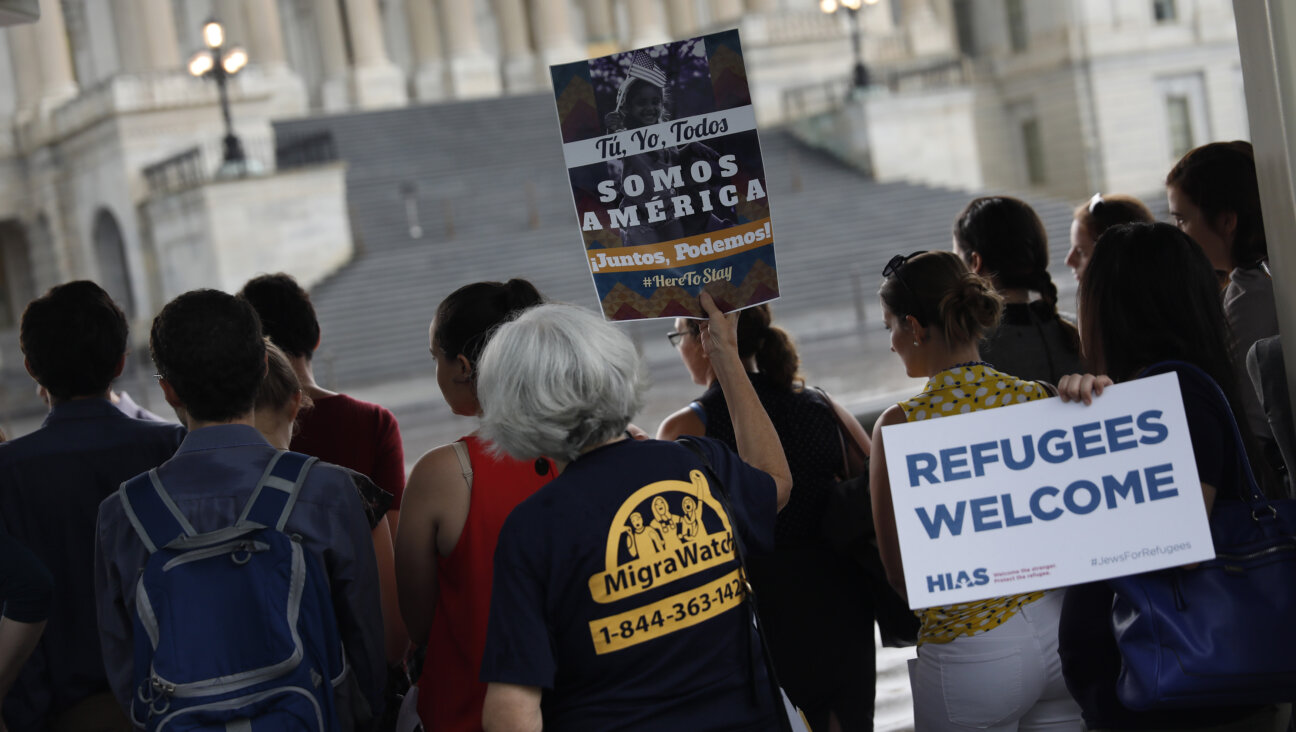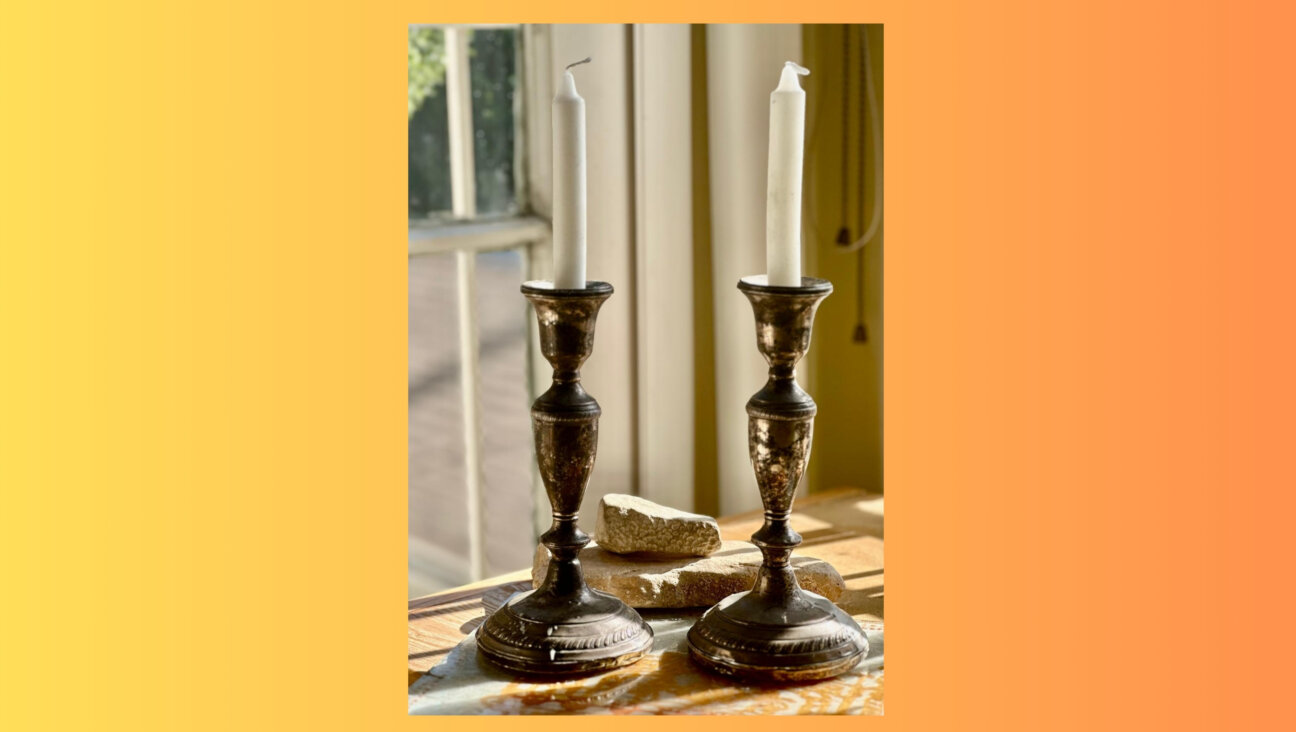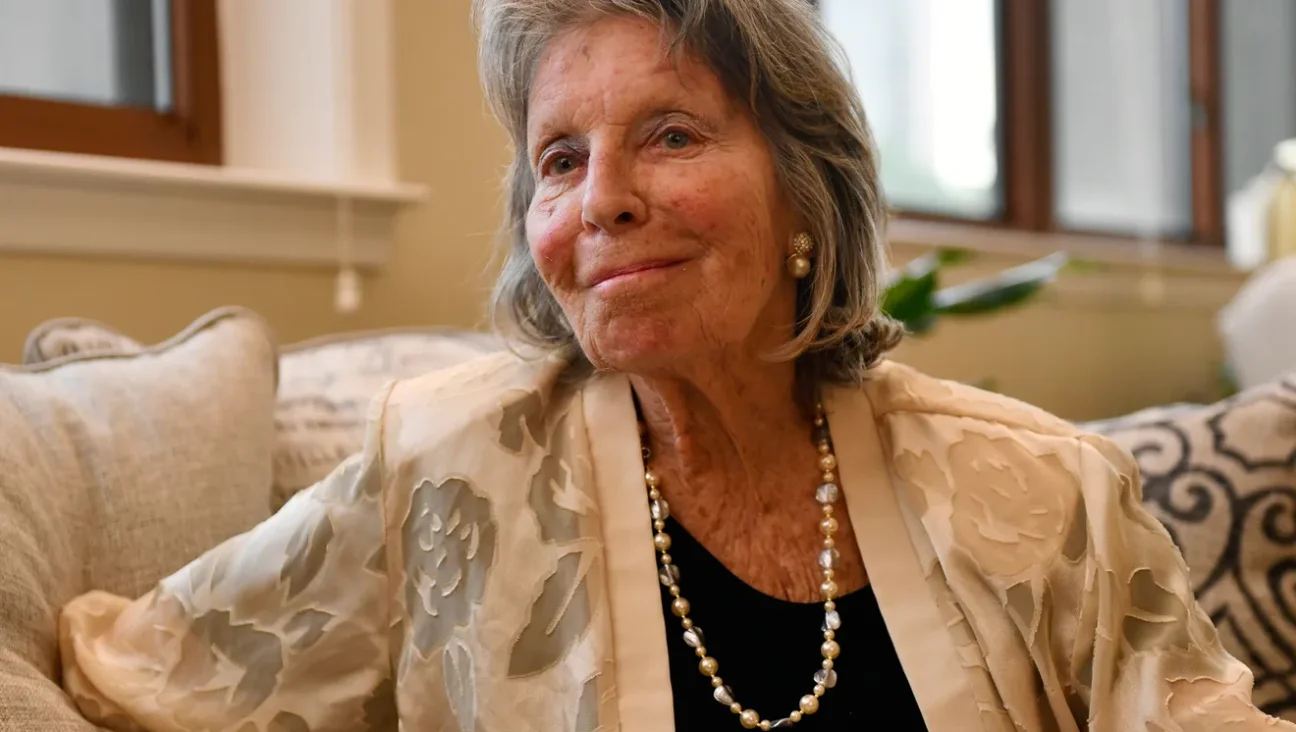Voter Turnout Proves Heavier Than Expected
Some 65 percent of eligible Israeli voters cast their ballots in the state’s general elections on Tuesday.
This was approximately 2.5 percent higher than the number of votes gathered by the same time during the last elections in 2006.
Early voter turnout was heavier than expected, standing at 41.9 percent of the electorate by 4 P.M. In contrast, only 39 percent of voters had cast their ballots by the same time in 2006.
Some 34 percent voters had turned up at the polls by 2 P.M., compared to a 31 percent of voters at the same time in 2006. If the voter turnout remains constant throughout the day, the final rate could reach 69 percent, as opposed to 63.5 percent in the 2006 vote.
Approximately 31 percent of voters had cast ballots by the same point during the last election in 2006. If the voter turnout remains constant throughout the day, the final rate could reach 69 percent, as opposed to 63.5 percent in the 2006 vote.
Nevertheless, the voter turnout was still low in comparison with other elections. By 2 P.M. during the 2003 elections, 35.3 percent of voters had cast ballots.
Voting for the 18th Knesset began at 7 A.M., in what has turned out to be a tight race between Kadima and Likud.
Voters in Jerusalem and other parts of Israel braved pouring rain and strong winds Tuesday morning, with the poor weather expected to keep numbers low. Voter turnout in the last election in 2006 was 63.2 percent, the lowest in Israel’s history.
Prof. Avraham Diskin, who was overseeing the Central Elections Committee’s exit poll, said the slight increase in voter turnout was due to the neck-and-neck race. Knesset officials, meanwhile, believe the bad weather would actually cause more Israelis to cast ballots, because they would be less likely to spend the day off work on trips far from their polling stations.
A total of 5,278,985 registered voters were to be given a chance to cast their ballot in 9263 polls across the country until 10 P.M, electing their representatives from among 33 factions.
The current national mood is at least partially linked to the rocket fire from Gaza that sparked Israel’s recent offensive there and a sense among Israelis that territorial withdrawals – like the country’s 2005 Gaza pullout – have only brought more violence.
Rami Golan, 60, a chef in Jerusalem, said Israel needed a strong government.
“We need a strong man who knows what he wants to do. We need someone who will keep us safe,” Golan said. He had yet to decide who to vote for, he said. Polls over the weekend showed that some 20 percent of Israelis were still undecided.
Meanwhile, the Israel Defense Forces announced a closure of the West Bank from midnight Monday until midnight Tuesday, barring Palestinians from entering Israel except for urgent medical treatment. Such closures are routine at times like elections or religious festivals, when Israelis gather in public places and present a potential target for Palestinian terrorist attacks.
What started as one of the most boring, low-energy campaigns in memory has almost overnight turned into a political drama. But it is a drama with definite limits: It is already clear that the Likud-rightist-religious bloc will come out ahead. The question that generates the drama – whether Likud or Kadima will emerge as the largest party – is actually of secondary importance. Regardless of which party wins more votes, the candidate who gets the president’s nod to try to form a government next week will be the one with the best chance of doing so.
If, as people from both parties claimed Monday, the gap between Likud and Kadima has continued to narrow, the race will be decided by three things: organization, organization and organization. All those floating voters will finally have to decide. They will not be happy with their choice, but they always end up voting. Voting and crying.
Exit polls are expected to start making projections as soon as polls close, with the first official results starting to come in before dawn Wednesday.
Acknowledging the closeness of the race, the Hebrew-language Ma’ariv daily published a reversible front page Tuesday with portraits of Netanyahu and Livni, each captioned “The next prime minister.” The reader chooses which way up to hold the paper.
The final Haaretz poll before the election suggested a strong right-wing bloc, comprising Likud with 27 seats, Yisrael Beiteinu on 18 seats, ultra-Orthodox Shas with nine seats and a combined veteran party National Union and fledgling Habayit Hayehudi (the Jewish home) on six seats.
According to the poll, a center-left bloc would only be able to muster 54 seats, six short of the 61-seat threshhold needed to form a majority coalition. This bloc would consist of Kadima with 25 seats, Labor on 14 seats, New Movemment-Meretz on 7 seats, Jewish-Arab party Hadash on three seats, the United Arab List-Ta’al on three seats and predominantly Arab Balad with two seats.
A message from our Publisher & CEO Rachel Fishman Feddersen

I hope you appreciated this article. Before you go, I’d like to ask you to please support the Forward’s award-winning, nonprofit journalism so that we can be prepared for whatever news 2025 brings.
At a time when other newsrooms are closing or cutting back, the Forward has removed its paywall and invested additional resources to report on the ground from Israel and around the U.S. on the impact of the war, rising antisemitism and polarized discourse.
Readers like you make it all possible. Support our work by becoming a Forward Member and connect with our journalism and your community.
— Rachel Fishman Feddersen, Publisher and CEO























